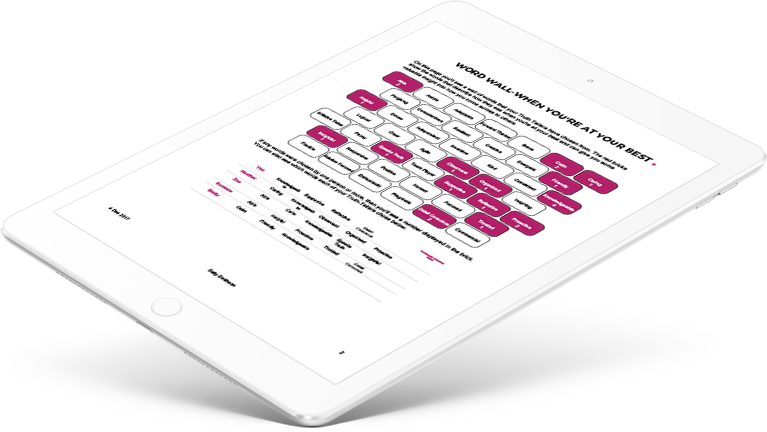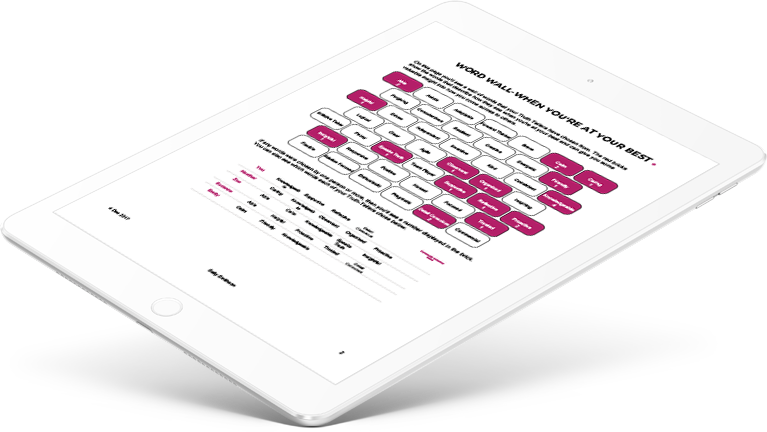Here, we share how organisations can create a positive, open feedback culture by incorporating some simple tactics into the workplace.
1. Encourage people to spot when things go well
Organisations need to encourage people, not just leaders and managers, but everyone at all levels of the business, to notice when somebody does something well, and tell them.
As Ken Blanchard writes, “Catching people doing things right provides satisfaction and motivates good performance.” Too often, when people are not given enough positive feedback, they become demotivated and demoralised, and when this happens, the risk is that you will start to lose good people.
One client came to us with this exact problem. People within the business were not feeling appreciated and it was causing more and more people to leave. We introduced a simple strategy to encourage people to spot when things go well and give more positive feedback.
The Order of the Gorilla
This method is based on the ‘invisible gorilla on the basketball court test’ the most famous demonstration of inattentional blindness. Inattentional blindness is the psychological phenomenon that people miss things that are right in front of their eyes when their concentration is focused elsewhere, and it helps to explain why we do not always spot when things go well.
We talked to the teams about the invisible gorilla test and instigated an initiative referred to as ‘The Order of the Gorilla’, using a stuffed toy gorilla. If someone noticed someone doing something well or something that had helped them or their team in some way, the law was that they were to give the gorilla to that person. They also had to tell them what/why; what they had done well, and why it had a positive effect. The gorilla would then sit on the person’s desk for a week.
It quickly became a talking point, where people would ask their colleagues, “What did you do to get the gorilla this week?” Slowly, people started to get better at noticing when things went well and offering praise and recognition, and people started to feel more valued and appreciated as a result.

2. Get people used to giving feedback in the moment
Simply telling people to give more feedback is not enough to shift behaviour and create new habits where feedback becomes part of their everyday practice.
One tactic we encourage clients to introduce at the end of meetings is the ‘Smiley face, Straight face’ exercise.
Smiley face, Straight face
Using a flip chart, a smiley face is drawn on one half of a page, a straight face drawn on the other, and a line is added down the middle. On the smiley face side, people share what went well. On the straight face side, people share what could go better.
Incorporating this exercise at the end of every meeting allows people to practice giving feedback in the moment so that they can hopefully incorporate it in their everyday working life. People are usually happy to give constructive feedback, or rather, feedforward. It is this “It could be even better if…” attitude that makes feedback more palatable.

3. Equip people with the tools and techniques to give constructive feedback in a positive way
People need to feel comfortable giving feedback to those they work with. The methods we have already talked about in this section are great tools for helping feedback become a part of company culture. However, to encourage people to proactively give feedback outside of specific initiatives or company meetings we need to equip them with the tools to give feedback in a positive way, so that they become comfortable doing it.
DESC
One technique for giving effective feedback is DESC - describe, express, specify, consequences. With this approach, the individual expresses to the person what they would like them to do more, less, or differently to maximise their performance.
-
Describe the perceived behaviour; “I noticed that during the meeting when I made a suggestion that you interrupted me before I could finish.”
-
Express how this behaviour impacts you; “I felt quite frustrated that you did this as I feel I wasn’t given a fair chance to express my opinion.”
-
Specify what you would like them to do differently; “Next time, I’d rather you give me a chance to express myself and acknowledge my idea, even if you don’t agree.”
-
Share the consequences of their behaviour change; “I think this will demonstrate to everyone in the team that new ideas are welcomed.” It’s natural that a person will want to understand why you are asking for a change to their behaviour, so you need to back it up by explaining how it will it will have a positive impact, in this case, not just on you and them, but the whole team.
If people have a framework for giving feedback, they will be more comfortable and confident giving it, and more likely to incorporate it in their everyday practice.


/January%202019/shutterstock_794460844.jpg?width=1900&name=shutterstock_794460844.jpg)














